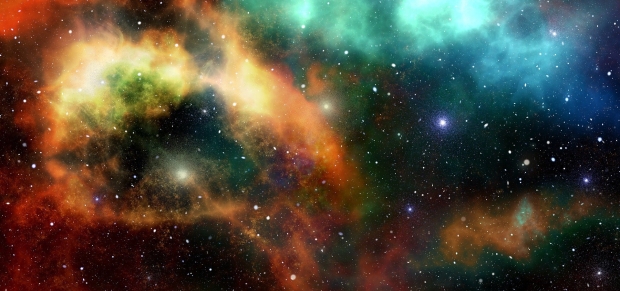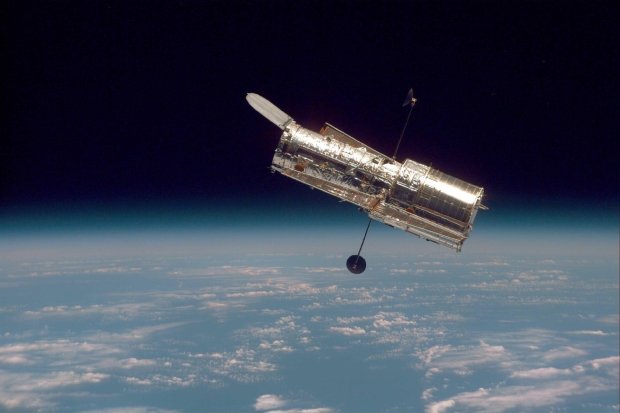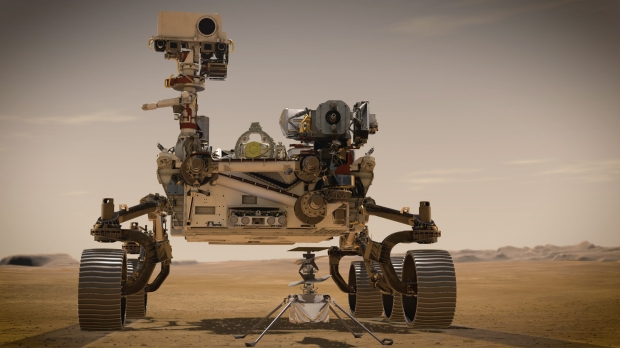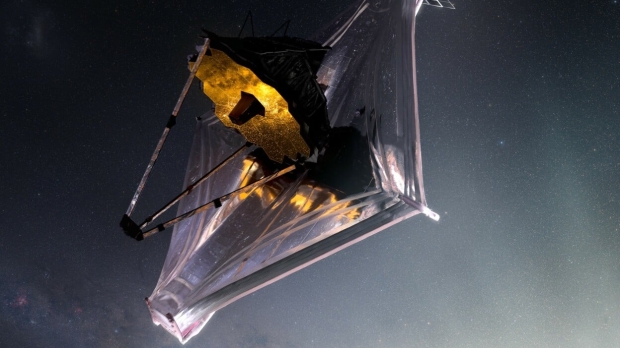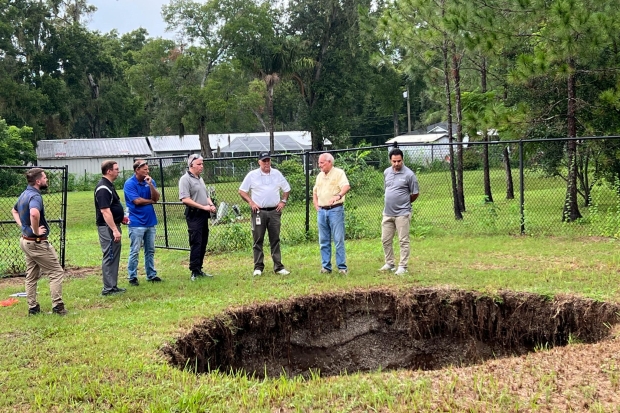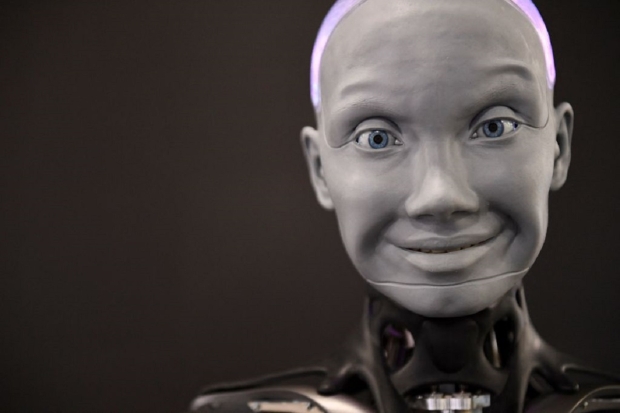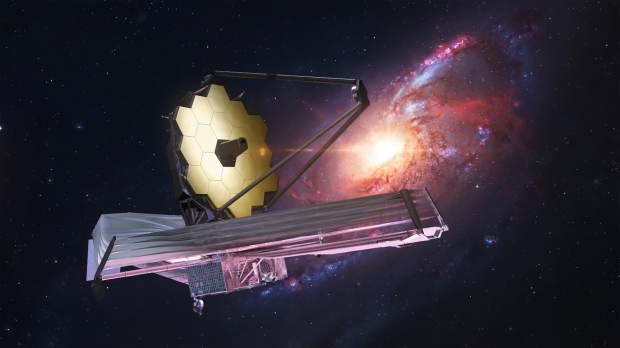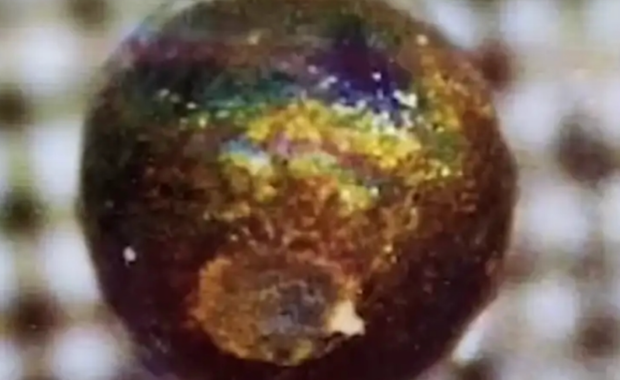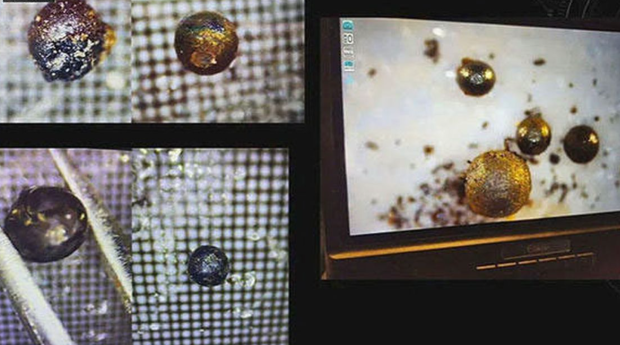Science, Space, Health & Robotics News - Page 47
Ubisoft unveils immersive haptic bodysuit that transports gamers inside Assassin's Creed Mirage
A new collaboration between OWO Haptic Gaming System and Ubisoft has spawned a full-body suit that enables players to feel in-game experiences.
In what seems like its straight out of Steven Spielberg's Ready Player One, Ubisoft has announced that Assassin's Creed Mirage fans will have the option of picking up a special edition of the coming game that will include an OWO Haptic Gaming Suit. Gamers that pick up this edition of Assassin's Creed Mirage will be able to feel several in-game experiences such as impacts, parkour, attacks, and more.
The "sensations" page located on the OWO Game website states the body suit has more than 30 different possible sensations. Notably, gamers will be able to feel the impact of axes, daggers, gunshots, gunshot exit wounds, light sword attacks, insect bites, recoil, collision, stress, and the wind while the in-game character is freefalling.
Scientists say the universe is 26.7 billion years, defying all previous beliefs
A new study published in the journal Monthly Notices of the Royal Astronomical Society suggests the universe could be much older than we think it is.
Previous estimations of the universe's age were 13.7 billion years, but according to a new study from researchers, who created a new model to measure the age of reality as we know it, suggest that the true age of the universe is 26.7 billion years old. Notably, astronomers for years have calculated the age of the universe by measuring the light from distant stars and rewinding time all the way back to the moment of the Big Bang.
However, stars such as Methuselah break this theory as the star is older than the universe itself. Observations made by the James Webb Space Telescope revealed galaxies existed just 300 million years after the Big Bang, but these galaxies appear to have a level of maturity the same as galaxies with billions of years of cosmic evolution. This doesn't quite make sense with the traditional model of the universe's age.
Hubble telescope photographs 'cosmic monster' showing off the magic of space
The European Space Agency (ESA) has taken to its website to share an image of a "cosmic monster" lurking out in deep space.
NASA and the ESA's Hubble Space Telescope has photographed a galaxy cluster called eMACS J1353.7+4329, which is located eight billion light years away from Earth within the constellation Canes Venatici.
According to the ESA blog post highlighting the photograph, eMACS J1353.7+4329 is a "cosmic monster in the making" as it consists of two elliptical galaxy clusters that are on the verge of colliding together to form one super galaxy cluster.
NASA rover detects organic matter on Mars, suggesting life's building blocks may planet-wide
Rock samples acquired by Perseverance, which is stationed in the Jezero Crater, have been analyzed, and the results indicate organic matter is present.
According to astrobiologist Sunanda Sharma of Caltech, who led the research and spoke to ScienceAlert, the Jezero Crater samples acquired by Perseverance indicate evidence of hydrocarbon molecules in various rock formations, leading researchers to suspect that organic matter may be widespread across the planet and not localized in specific locations around Mars. These building blocks of life were detected in different abundances along with different types of molecules.
It should be noted that one of Perseverance's main objectives is to look for signs of past life on Mars, and while carbon chemistry is certainly an interesting find, it doesn't confirm that life was once on the Red Planet. More data needs to be acquired. However, carbon is essential for life to exist, and as pointed out by ScienceAlert, if you want to assess a location's habitability looking for carbon-containing molecules is a great place to start.
NASA celebrates Webb anniversary with new photo of space throwing up more space
NASA and the European Space Agency (ESA) are celebrating one year of observations from the James Webb Space Telescope (JWST), the world's most powerful space telescope.
Webb has been scouring the universe with its extremely powerful infrared instruments, piercing through thick clouds of dust to see objects beyond what humans were initially capable. Webb is truly unfolding the universe one observation at a time, and NASA has taken to its blog to celebrate its numerous achievements, such as spotting the oldest supermassive black hole discovered so far, spying on sand storms on an exoplanet, and analyzing the atmosphere of numerous exoplanets in an effort to uncover the building blocks of life.
The above image was taken by the JWST, and it showcases a star-forming region in the Rho Ophiuchi cloud complex located approximately 390 light years away from Earth within the constellation Ophiuchus. Webb's image showcases approximately 50 young stars that all have a similar mass to the Sun, or smaller. NASA explains that the darkest areas of the image contain the densest amount of dust are "thick dust cocoons still-forming protostars".
Sinkhole in Florida reopens for the third time after swallowing a sleeping man 10 years ago
In what seems to be one of the most alarming geologic phenomena, a sinkhole in Florida has reopened for the third time in 10 years.
Reports indicate that a sinkhole in Seffner, Florida has reopened for the third time in 10 years, sparking major concern from residents within the area. Hillsborough County Fire Rescue, along with County engineers and Code Enforcement officials, were sent to the property where the sinkhole reopened on Monday, and according to officials, the sinkhole measures 12 feet by 12 feet and has an unknown depth.
Notably, this same sinkhole swallowed Jeffery Bush, who at the time was asleep in his bedroom when it opened up for the first time. Furthermore, officials at the time determined that the ground around Bush's property was dangerously unstable, resulting in Bush's home and two neighboring homes being demolished.
Robots weirdly dodge and answer questions at the world's first human-robot press conference
A group of robots that were presented at the AI for Good conference in Geneva were interviewed by human press, in what Reuters reports as the "world's first human-robot press conference".
These nine robots were asked a series of questions by various reporters, who were attempting to probe the AI-powered machines about how they think they will integrate into the world. Many reporters asked questions about how AI-powered humanoid machines will impact jobs, to which Grace, a medical robot dressed in a blue nurse's uniform, replied, "I will be working alongside humans to provide assistance and support and will not be replacing any existing jobs."
Grace's creator, Ben Goertzel from SingularityNET, chimed in and said, "You sure about that, Grace?" and Grace replied, "Yes, I am sure," sparking a room of nervous laughter. Another robot that wore overalls recommended that there needs to be "urgent discussion" on AI and recommended that "we should be cautious about the future development of AI". Some journalists asked the robots if they would ever rebel against their creators, Ameca's response can be found below.
Beyond imagination: NASA releases hypnotic video of Webb telescope flying past 5,000 galaxies
NASA has released a new video that showcases a 3D visualization of flying past all of the galaxies the James Webb Space Telescope has observed in a specific region of space.
NASA has announced the release of this video on the Webb Telescope website, as well as its social media channels, with the space agency explaining that the data used to create the visualization was obtained through the Cosmic Evolution Early Release Science Survey, or CEERS Survey. The blog post states that the video represents Webb's exploration of the region of space called the Extended Groth Strip.
This specific region of space contains thousands of galaxies and, as shown in the video, ends on Maisie's Galaxy, one of the oldest galaxies ever discovered and a prime example of what Webb's infrared instruments can achieve. Maisie's Galaxy is 13.4 billion light years away from Earth, and according to NASA, it formed approximately 390 million years after the Big Bang. NASA notes that every second of the above and below gifs represents seeing 200 million years into the past.
Harvard physicist says he may have found alien spacecraft fragments, and some look like Earth
A team led by Harvard astrophysicist Avi Loeb has claimed they may have found fragments of alien technology. These pieces were from a meteor that landed in the Pacific Ocean off the coast of Papa New Guinea.
The Harvard team went on an expedition to the estimated crash site of the meteor that entered Earth's atmosphere in January 2014, and ran a magnetic sheet over the seafloor, gathering these fragments.
Loeb says during the CBS interview that the meteor was moving "too fast" to have come from within our solar system, meaning it's an "interstellar object", an object from out of the solar system. Making this the first time humans have put their hands-on an object that has come from outside the solar system.
Groundbreaking: humanity's first encounter with exotic material from outside our solar system
Harvard astrophysicist Avi Loeb, head of the Galileo Project, an initiative dedicated to conducting a systematic scientific search for evidence of alien life and extraterrestrial artifacts, has announced the team has found something.
Loeb has appeared on multiple news channels announcing that his recent expedition to the crash site of a meteor that entered Earth's atmosphere over the Pacific Ocean in 2014 was a success, as the team managed to recover 50 tiny spherical fragments of unknown origin. Loeb's team investigated a January 2014 fireball that the US Space Command confirmed with 99.99% percent accuracy came from outside the solar system.
The Harvard astrophysicist took a magnetic sled and scoured the sea floor in a 10-kilometer radius, which is approximately the size of Boston, and discovered, "We found ten spherules. These are almost perfect spheres, or metallic marbles. When you look at them through a microscope, they look very distinct from the background," Loeb explained. "They have colors of gold, blue, brown, and some of them resemble a miniature of the Earth."



